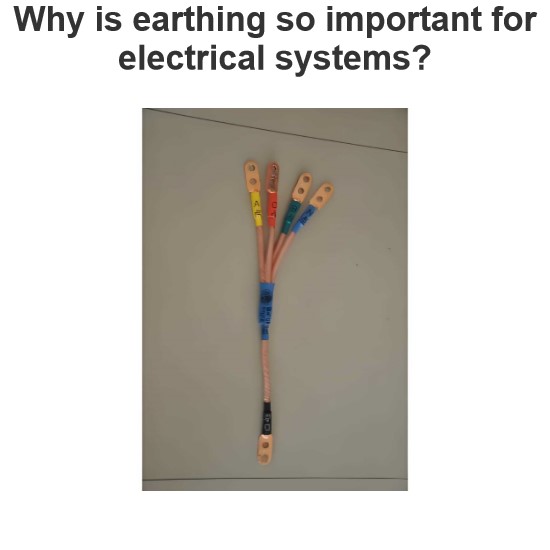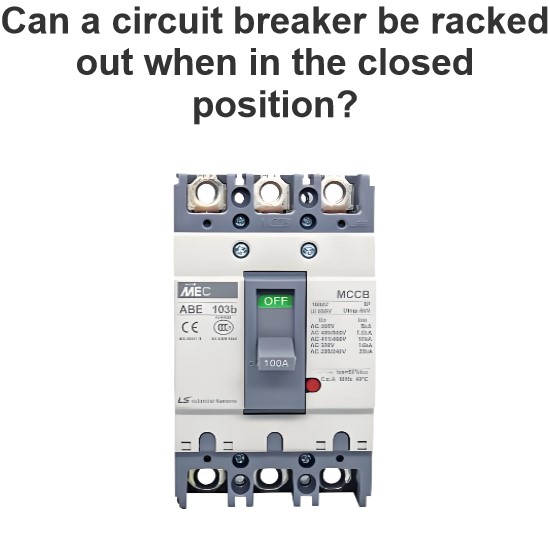Choose which wire to use for electrical connections between houses
The type of wire used for electrical connections between two buildings or houses, such as in a situation where power needs to be shared or distributed, typically depends on several factors including the distance between the buildings, the load requirements (current draw), the voltage level, and environmental conditions. Here are some common types of wires and cables that might be used:
Aluminum Wire
Aluminum wire is commonly used for overhead power lines due to its light weight and good conductivity. It is also cost-effective compared to copper. However, aluminum has a higher resistance than copper, which means it needs to be thicker to carry the same amount of current without overheating.
Copper Wire
Copper wire is known for its excellent conductivity and reliability. It is often used for underground wiring and shorter distances because it can handle high current loads efficiently and has better durability compared to aluminum. Copper is more expensive but offers superior performance and is less prone to corrosion when properly insulated.
Armored Cable (BX Cable)
For internal wiring between buildings or where protection against physical damage is needed, armored cable can be used. This type of cable contains individual wires within a metal sheath that provides mechanical protection and can serve as a grounding conductor.
Service Entrance Cable
Service entrance cable is specifically designed for use in service drops and service entrances. It is typically a multi-conductor cable with a heavy-duty outer jacket that can withstand outdoor exposure.Service entrance cable is rated for direct burial or aerial installation and can be used for connections between buildings.
Underground Feeder Cable (UF Cable)
Underground feeder cable is designed for direct burial and can be used to connect two buildings underground without the need for conduit. UF cable is moisture-resistant and UV-resistant, making it suitable for outdoor use.
Factors Influencing the Choice of Wire Type
When choosing the appropriate wire type for an electrical connection between two buildings, consider the following:
Current Requirements: The wire must be able to handle the maximum current that will flow through it.
Voltage Drop: Ensure that the wire size is sufficient to minimize voltage drop over the length of the run.
Environmental Conditions: Consider whether the wire will be exposed to the elements, buried underground, or run through conduits.
Safety Standards: Follow local electrical codes and standards for proper installation and safety.
Installation Considerations
Regardless of the type of wire chosen, it's important to follow proper installation procedures:
Permits and Inspections: Obtain necessary permits and have the work inspected by a qualified professional.
Grounding: Ensure proper grounding and bonding of the system.
Conduit Use: In some cases, running the wire through conduit may be required by code or for additional protection.
Professional Installation: For safety and compliance with regulations, it's advisable to hire a licensed electrician for the installation.
Summary
The choice of wire for an electrical connection between two houses depends on the specific application requirements. Common choices include aluminum and copper wires, armored cable, service entrance cable, and underground feeder cable.
Factors like current load, voltage drop, and environmental conditions should be considered when selecting the appropriate wire type. Always ensure compliance with local electrical codes and standards for safe and reliable installations.
The Electricity Encyclopedia is dedicated to accelerating the dissemination and application of electricity knowledge and adding impetus to the development and innovation of the electricity industry.




